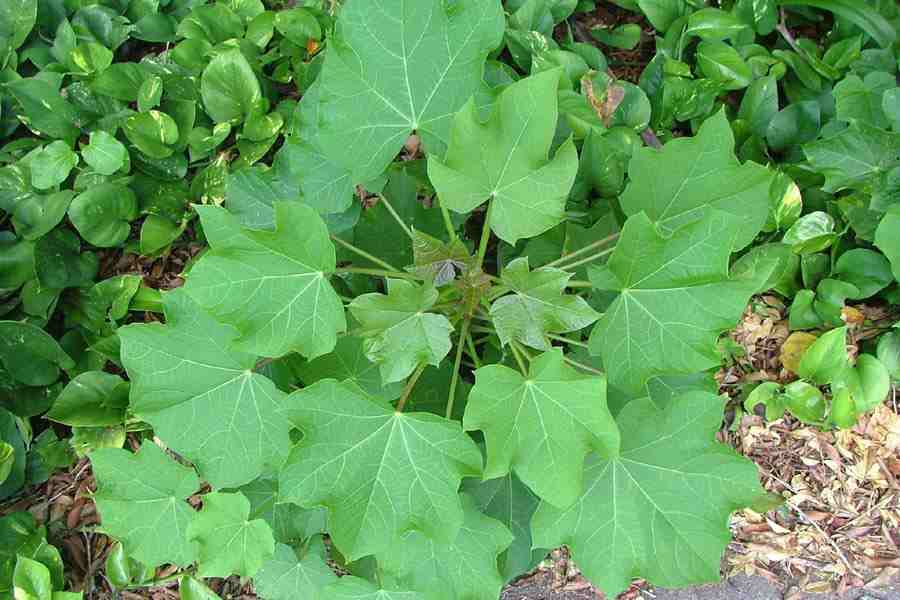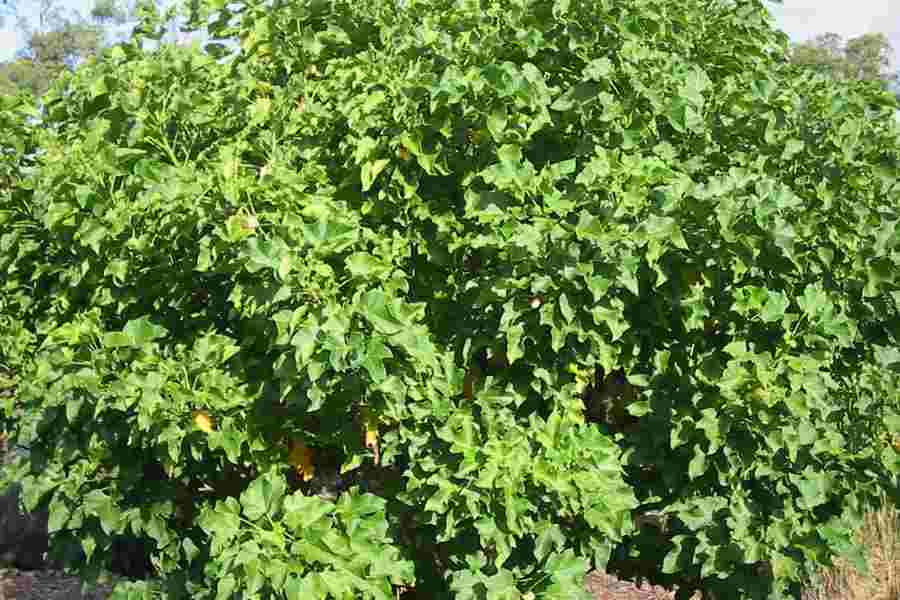
PT Sinergi Oleo Nusantara
Overview
-
Lavori pubblicati 0
-
Visualizzati 22
Descrizione azienda
Pests Of Jatropha

Jatropha Curcas is acquiring value commercially as the need of nonrenewable fuel sources increases significantly and likewise Jatropha is an environmentally friendly energy plantation. Plantation of this plant is thought about to be an outstanding fuel alternative and it is also very economical compared to other fuels. Recently, Jatropha is dealing with some problem with insects and illness. The bugs are categorized into two varieties: Pest that impact young plants and Pest that affect developed plants.

Young plant bugs: Cutworm, Scarabeid Beetle, Army worm, Grasshopper.
Agrotis ipsilon: It is typically referred to as Cut worm. This pest impacts the seedlings and young Jatropha plants. If the plant is impacted by the cutworm, the stem gets cut nearer to the soil surface and this will shrunk the plant totally.
Control: This pest can be managed by choosing the larva discovered around the plants or by blending the bran, sawdust with insecticides.
Scarabaeid Beetle: This the root of the young plant. Initially, the larva takes in the raw materials present in the soil and after that concerns the root. The larva attack may eliminate the whole plant.
Control: The plant with good resistance power can overcome the pest. For heavy attack, insecticides with elements carbosulfan and carbofuran can be used to kill the pest.
Army worm: Spodoptera litura presence can be identified by biting in the leaves. The serious infection might completely eliminate the plants.
Control: Insecticides are used to control the bugs.
Grasshopper: This is typical insect discovered in several plants. Valanga nigricornis and Locusta migratoria extensively attacks the plant. The insect typically assaults the young plant.
Control: The insecticides used betacyfluthrin, cypermethrin, thiodicarb, MIPC, and fipronil.
Pest observed in fully grown plants:
Pest of Stem: Ostrinia furnacalis, Xyleborus spp.
Ostrinia furnacalis and Xyleborus: This insect damages the Jatropha stem and it is widely seen in Indonesia. The stem attacked by this insect normally drop. The existence can be determined by the larva penetration hole at the stem.
Control: The Insecticide generally utilized to manage this bug is carbofuran.
Pest of leaf: The common bugs observed are leaf caterpillar, Neetle caterpillar, Leaf hopper, Mite, Ear corn caterpillar.
Leaf Caterpillar: This pest can consume all the leaves of the plant in other words duration. The quality and yield of the seeds get decreased due to the heavy attack.
Control: This can be controlled by picking the old larvae around the surface area and discarding the assaulted leaves.
Needle Caterpillar: This caterpillar is covered with spinal columns and produces a burning experience when permitted to contact with skin as it produces certain chemical compound. Initially the pest crowded in the leaf and after that spread all over the plant when it gets older.
Control: Manually, the insect can be killed just by soaking it in water or kerosene. The heavy attack can be controlled by spraying organophosphate insecticides.
Leaf Hopper: This bug is discovered mostly in tropical and subtropical areas. The pest targets the leaf and sucks all the nutrients of the leaf and gets curls at the idea. Later, the entire leaf dry and pass away.
Control: The heavy attack can be managed by using insecticides like imidachloprid, beta cyfluthrin or carbosulfan.
Mite: Mite likewise assaults the leaf and makes the entire plant weak. The pest existence can be identified when the leaf ended up being yellow-colored, shrinks, turns red and drop. The bug can likewise be spread through fallen leaves.
Control: Some preventive measures can be simulated proper sanitation and burning the fallen leaves. Heavy attack can be treated by spraying insecticides.
Some dreadful insect which attacks flower and fruit are, Stink bug (Nezara viridula)
Chrysocoris javanus, Tip borer caterpillar.
Stink Bug: Sting bug is a serious pest which assaults the plant during blossom duration so the crop yield entirely falls down. This bug is seen around the tropical area.
The hazardous enzyme in the plant diminishes the entire plant.
Control: Insecticides advised for this bug is chlorfluazuron, diflubenzuron, alfamethrin, and lamda cyhalothrin.

Tip borer caterpillar: The pests commonly occurs attacks the plant in flowering season and this pest is seen extensively in tropical regions. The female bug laid the eggs on the tender part of the plant and the young larvae feed the young fruits and plant tips.
Control: Manually, the attacked seeds are recommended to burn. The insecticides like monocrotophos and bensultap are sprayed at the blooming season.
